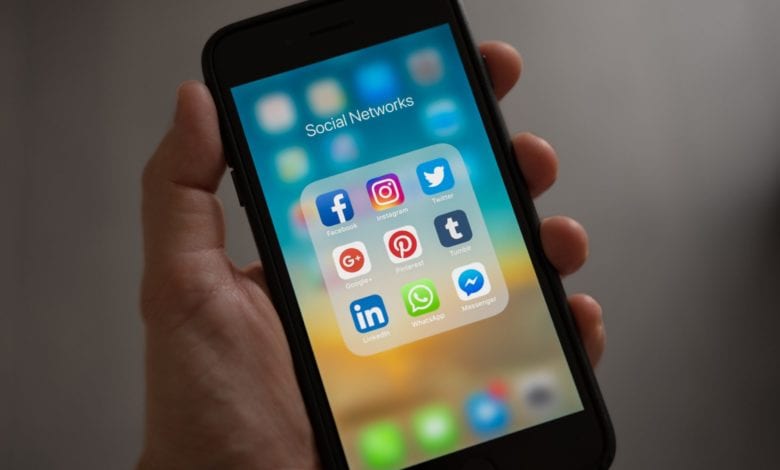Features
Is the future of grief, social?

Traditionally if a loved one passes away; we send a sympathy card to their family. It’s an extension of our arms warmly embracing those we love in their time of grief and holding them in our hearts when we can’t be with them.You'll need to
subscribe to unlock this content. Already subscribed? Login?







